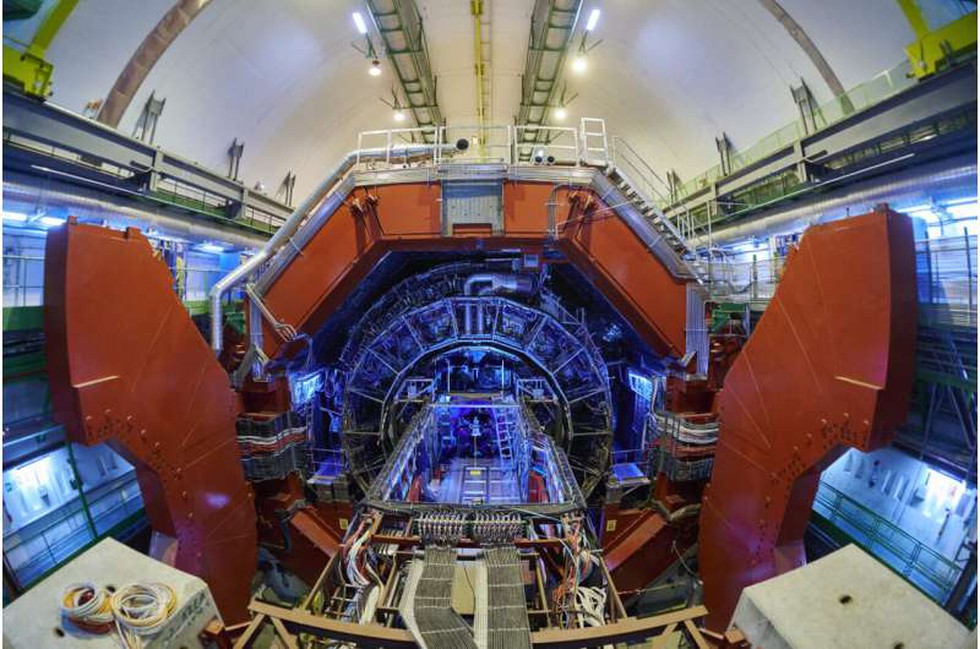About Chrysopoeia
- The concept of turning lead into gold, known as chrysopoeia, was a medieval alchemist’s dream, based on the similar density of the two metals, but modern science clarified that they are distinct chemical elements and chemical methods cannot achieve such a transformation.
Mechanism of Transmutation
- Gold nuclei (Au-203) are created when three protons and two neutrons are ejected from lead nuclei (Pb-208) during ultra-peripheral collisions in the LHC, where nuclei pass close without directly colliding.
- These near-miss collisions generate strong electromagnetic fields due to the 82 protons in each lead nucleus moving at 999993% of the speed of light, compressing the field into a short-lived photon pulse.
- The process, called electromagnetic dissociation, triggers internal nuclear oscillations, causing the emission of protons and neutrons.
Role of ALICE Detector and ZDC
- The ALICE detector utilises Zero Degree Calorimeters (ZDCs) to identify photon–nucleus interactions and detect the ejection of zero, one, two, or three protons, linked to the formation of lead, thallium, mercury, and gold, respectively.
- This is the first systematic experimental detection of gold creation at the LHC, thanks to ALICE’s high precision in recording both high-energy and rare low-particle
About the Large Hadron Collider (LHC)
- The LHC is the world’s largest and most powerful particle accelerator, built by CERN to study fundamental particles and test predictions of the Standard Model.
- It consists of a 27-kilometre circular ring with superconducting magnets and accelerating structures, located on the Franco-Swiss border near Geneva.
- Inside, two beams of hadrons (usually protons or lead nuclei) are accelerated to 999999% the speed of light in opposite directions, then made to collide at four detector sites: ALICE, ATLAS, CMS, and LHCb.
About CERN
- CERN (European Organization for Nuclear Research) was established in 1954 as Europe’s first joint scientific venture after WWII.
- It is headquartered near Geneva, with 23 member states and 10 associate members, including India as an Associate Member.
- CERN is dedicated to collaborative high-energy particle physics research, and houses the LHC and its associated detectors.
